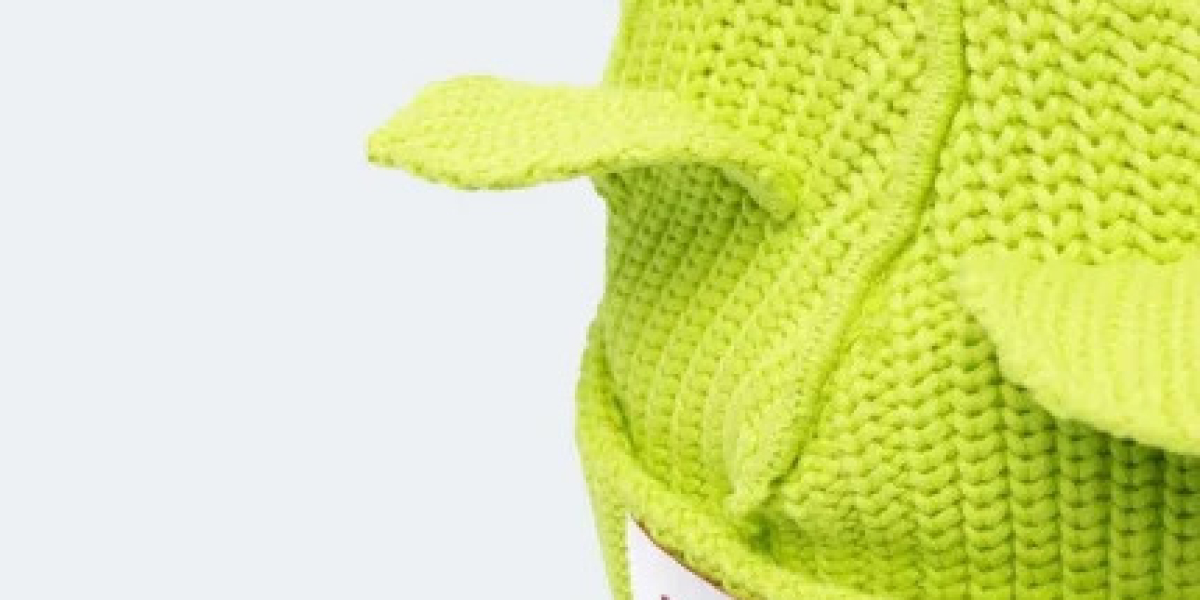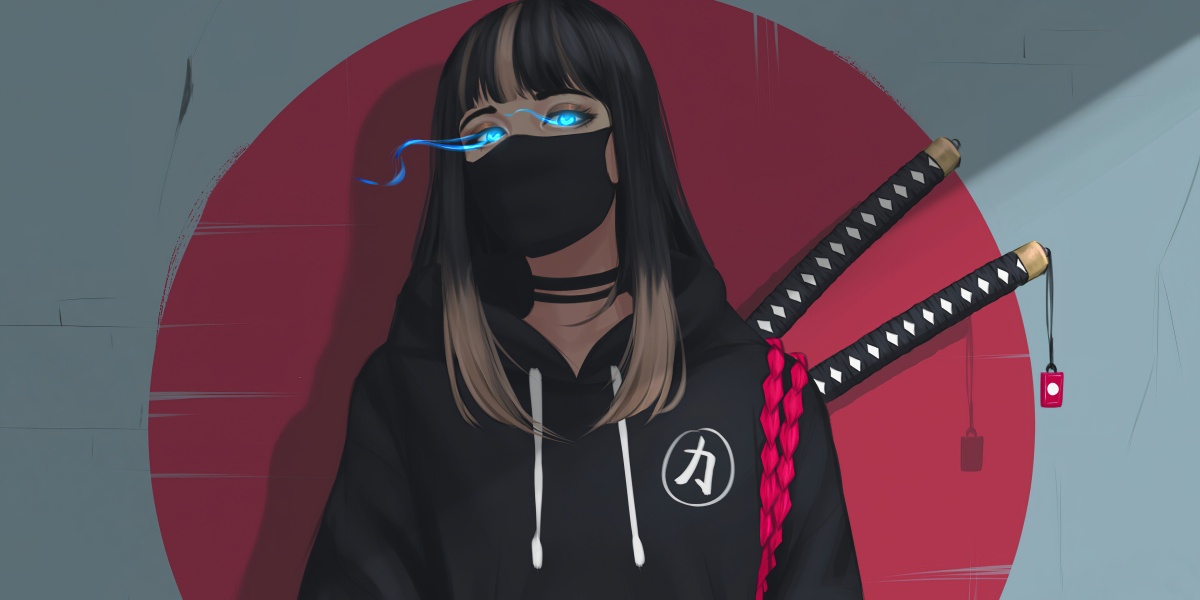Introduction: More Than Just a Hat
Fashion is often seen as superficial, but certain pieces transcend mere aesthetics—they become statements. The Loverboy hat, created by Charles Jeffrey Loverboy, is one such piece. It’s not just fabric stitched into form; it’s an emblem of defiance, identity, and unapologetic self-expression. With its bold shapes, whimsical horns, and vibrant colors, the Loverboy hat has sparked conversations in fashion circles and cultural spaces alike. It’s more than an accessory—it’s a movement, a mood, and a mindset. This article delves into the symbolism, design evolution, cultural resonance, and global impact of the Loverboy hat.
The Origins: Charles Jeffrey and the Birth of a Vision
Charles Jeffrey, the Scottish designer behind the Loverboy brand, emerged from the heart of London’s underground club culture. His fashion journey began not on runways but in nightlife venues, where identity and creativity were explored freely. The Loverboy brand was born in 2015, and its aesthetic was clear from the start: avant-garde, punk-inspired, and deeply personal.
The hat—specifically the horned balaclava-style beanie—quickly became a standout signature. Inspired by club kids, queer culture, fantasy, and even mythological creatures, the headwear was unlike anything else in fashion. It wasn’t trying to be safe or mainstream. It was provocative, strange, and defiantly proud of its oddness. The Loverboy hat wasn’t created to blend in—it was designed to stand out, to scream individuality in a world that often demands conformity.
The Design: Fantasy Meets Function
What makes the Loverboy hat instantly recognizable is its playful yet subversive design. The most famous iteration—often called the "horned beanie"—features two knit horns protruding from the top, resembling devil horns or animal ears depending on the interpretation. This ambiguity is part of the appeal. Is it sinister? Is it cute? Is it punk or performance art? The answer is: all of the above.
The hat comes in various colors—acid green, fiery red, deep black, pastel pink—and materials, from wool to acrylic blends. It straddles a line between cosplay and couture. For the wearer, it offers more than warmth; it offers transformation. It allows them to tap into alter-egos, channel rebellion, or simply wear something that says “this is me, and I don’t care what you think.”
The beauty lies in its duality. It’s humorous and serious, stylish yet raw, both armor and invitation. The Loverboy hat is fashion as performance, as protest, and as personal liberation.
Cultural Symbolism: Identity and Subversion
The Loverboy hat isn’t just worn—it’s wielded. Much like Vivienne Westwood’s safety pins or Rick Owens’ platform boots, it operates as a weaponized symbol. It’s a challenge to normative aesthetics and a nod to those who’ve historically existed on the margins—queer communities, punks, misfits, and creatives.
Wearing the hat is a statement of belonging—not to mainstream society, but to a more intimate collective of the bold, the bizarre, and the beautifully different. In queer culture, especially, the Loverboy hat resonates deeply. It reflects the camp sensibility of exaggeration and theatricality while grounding itself in very real issues of identity, resistance, and self-love.
Additionally, it subverts traditional gender norms. It’s not “masculine” or “feminine”—it simply is. Anyone can wear it, and anyone should. This fluidity reflects broader conversations happening in fashion and society about breaking down binary thinking and embracing the spectrum of human expression.
Streetwear Meets High Fashion
One of the most fascinating aspects of the Loverboy hat is how it bridges two seemingly opposite worlds: underground subculture and high fashion. Initially worn by niche communities and fashion-forward club kids, the hat has made its way into major runways, international campaigns, and global retail spaces. It has appeared in Dazed, Vogue, and i-D Magazine, and been worn by celebrities like Harry Styles, Ezra Miller, and Troye Sivan.
This ascent is a testament to Charles Jeffrey’s ability to channel raw subcultural energy into something commercially viable without compromising its integrity. The Loverboy hat retains its edge even as it becomes a global phenomenon. In an era where streetwear dominates luxury fashion, the Loverboy hat exemplifies how the underground shapes the mainstream—not the other way around.
It’s not just a viral trend or Instagram moment. It’s part of a larger shift in how we view fashion—not as status, but as story.
The Politics of Playfulness
At first glance, the Loverboy hat seems like a fun, quirky accessory—and it is. But beneath the surface is a rich political subtext. By encouraging self-expression through such an unusual silhouette, it questions why we feel the need to “tone ourselves down” in public. Why must fashion be palatable? Why must it cater to the male gaze, to capitalist norms, or to heteronormative expectations?
The hat is a quiet (or loud, depending on how you style it) form of protest. It’s political in the way it gives permission to be weird. It reminds us that fashion can be joyful and radical. That rebellion doesn’t always have to be angry—it can be glittery, bright, and full of play.
In this way, the Loverboy hat aligns with broader conversations about mental health, gender identity, and the need for safe spaces where authenticity is celebrated, not punished. It’s a small item, yes—but it carries heavy symbolic weight.
Global Impact: From London Clubs to Global Streets
What started as a fringe accessory in London’s queer club scene has now found fans across continents. From Tokyo to Berlin, New York to São Paulo, the Loverboy hat is worn by youth who crave individuality. It resonates with those tired of cookie-cutter fashion and thirsty for something that feels personal, expressive, and unfiltered.
Social media has played a major role in this spread. TikTok stylists, Instagram influencers, and YouTube fashion reviewers have embraced the hat as a staple for “weirdcore,” “alt fashion,” and “genderless style” aesthetics. It’s become a visual shorthand for those in the know—a kind of insider code.
Yet, despite its virality, the hat hasn’t lost its soul. That’s the genius of Loverboy: creating something that is both intensely personal and widely appealing.
Criticism and Counterculture
As with any statement piece, the Loverboy hat has its critics. Some call it gimmicky or overly theatrical. Others question whether its popularity waters down its original message of rebellion. These are valid concerns—and also part of the natural life cycle of any truly innovative fashion item.
But what separates the Loverboy hat from other trends is its roots. It wasn’t born in a boardroom or a trend forecasting report. It came from the heart of a young designer who knew what it meant to feel “othered” and turned that emotion into a wearable manifesto. The hat's authenticity is what shields it from becoming mere hype.
Conclusion: The Future of the Loverboy Hat
As fashion continues to evolve, the Loverboy hat will likely take on new forms, new meanings, and new audiences. But its core identity—bold, unapologetic, and defiantly different—will remain unchanged. In a world that often punishes deviation, the Loverboy hat celebrates it.
Whether worn at a runway show or on a cold street corner, it offers more than warmth. It offers permission—to be loud, to be soft, to be strange, to be beautiful. It reminds us that fashion, at its best, isn’t about fitting in. It’s about standing out—for all the right reasons.
So, the next time you see someone in a Loverboy hat, know that they’re not just wearing a hat. They’re wearing courage, creativity, and a piece of cultural history. And maybe, just maybe, they’re reminding you to embrace your own kind of weird.








